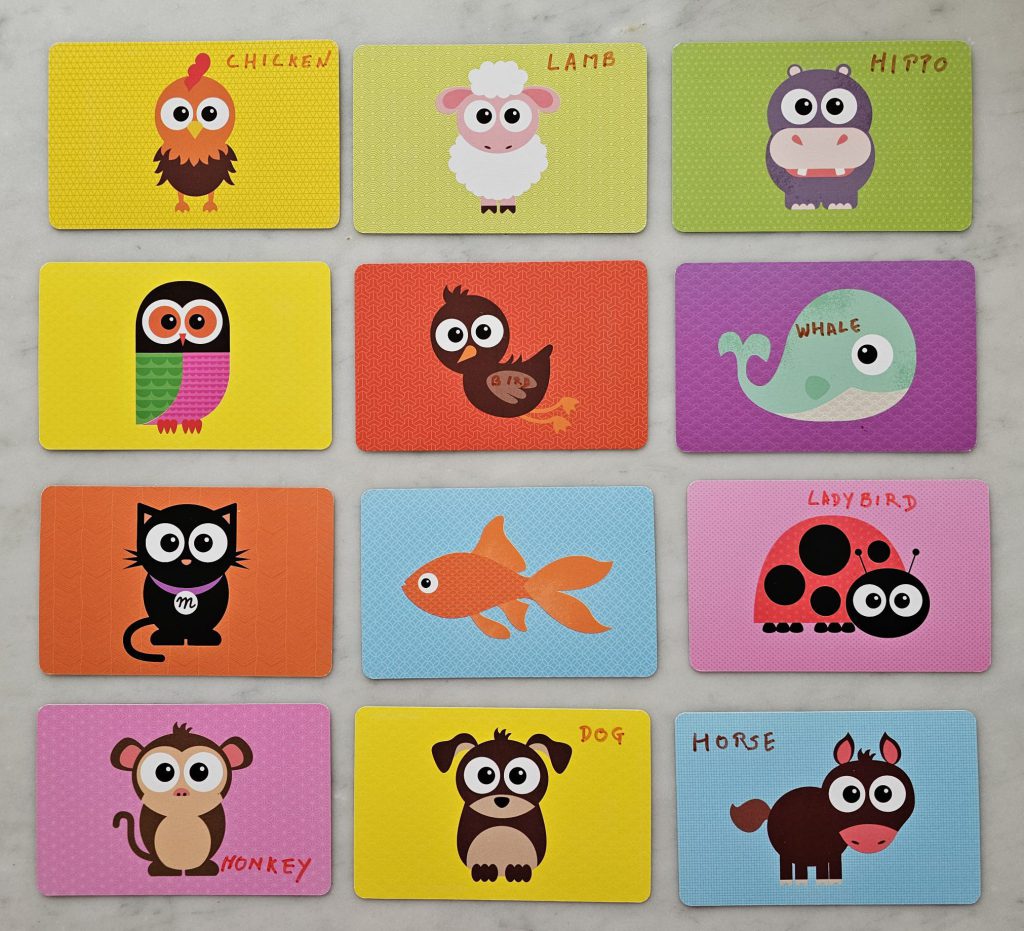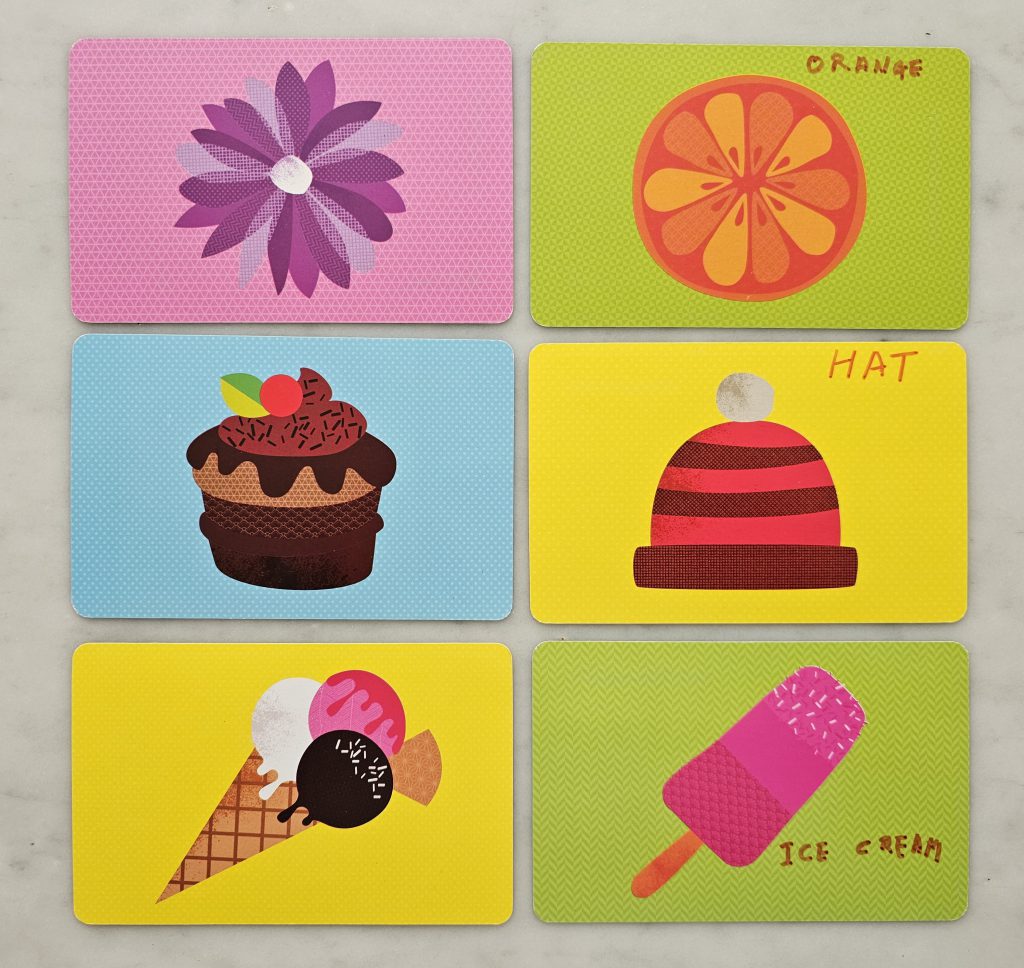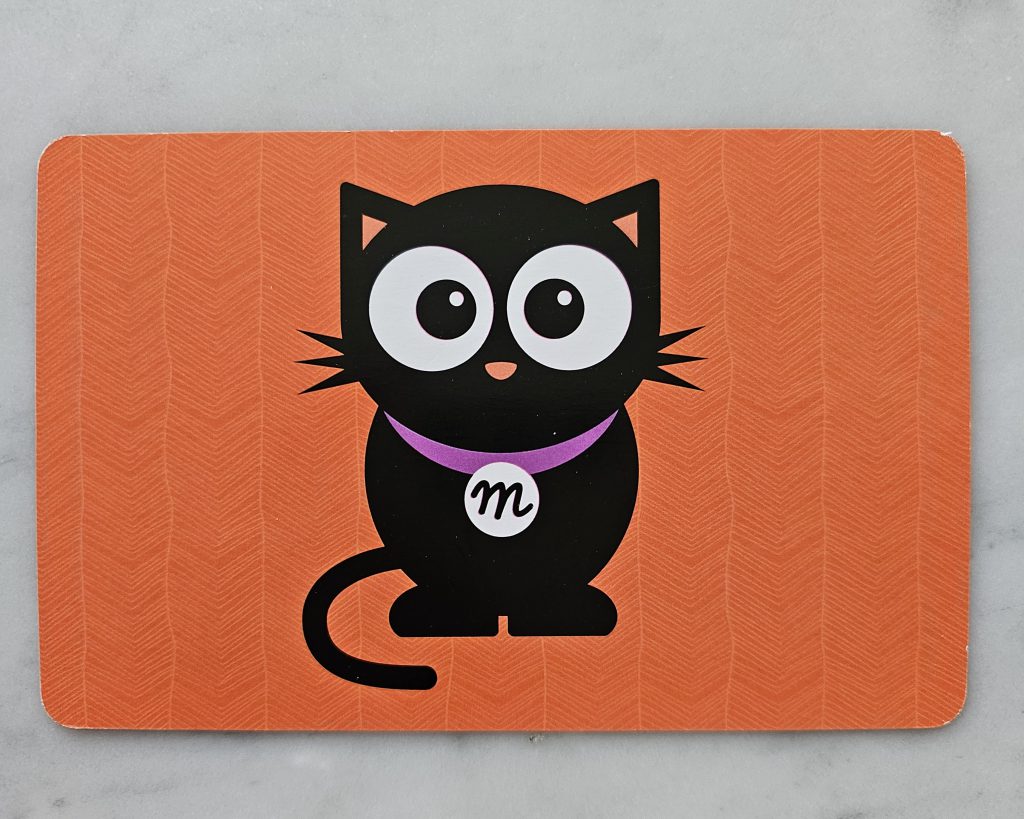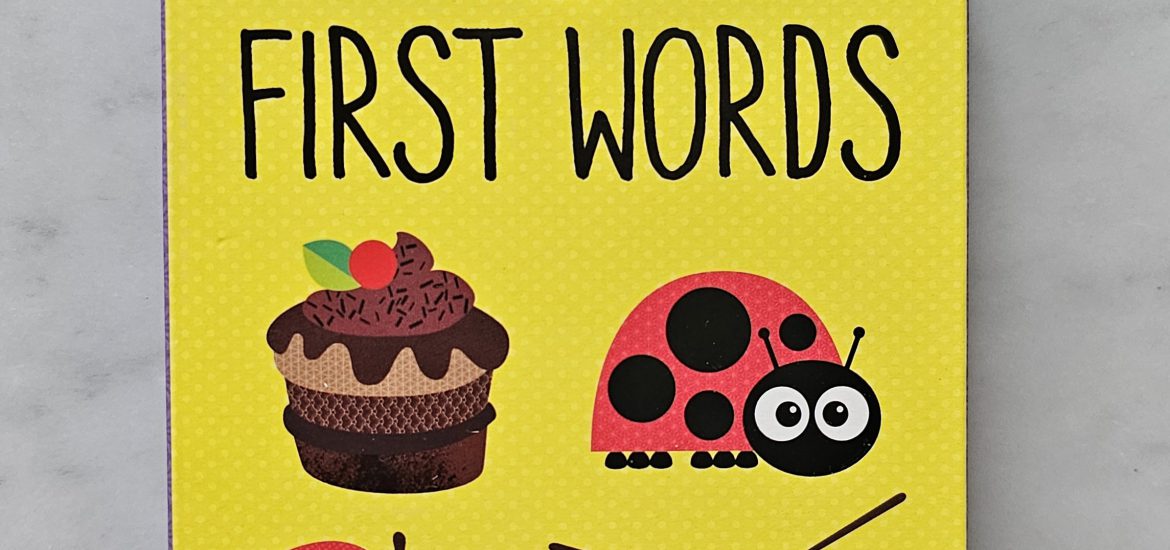
At some point in their adult lives, I believe that everyone who has been to school has nightmares about still being in school. For years I had nightmares about being in my turquoise-coloured school uniform (the standard colour of all girls’ uniforms in Malaysian state schools) doing Sixth Form exams to enter university.
It was always so frustrating and I felt so helpless. Then one day I rebelled big time and said: don’t be ridiculous! I have a Law degree so I am NOT doing these exams. That was that. I cannot remember if there was an ending, whether I tore off my school uniform (unlikely) or whether I was sent to see the Headmistress (more likely).
It is wonderful that my mother is 84 years old. We do exercises everyday, both physical and mental. She will never have nightmares about going to school. Firstly, because she simply loves doing sums, colouring, and even reading basic Chinese words. She likes getting gold stars for completing worksheets. Secondly, her memory is fading. I am guessing (guessing, because I am not a neuroscientist) that even if there is a ‘bad day at the office’ she won’t remember it long enough for it to resurface as a nightmare.
One day I had an idea to do spelling with my mother. One of the many features I love in The New York Times is its daily Spelling Bee challenge. We started doing this as a family during the lockdown, with each person offering a word in turn over our shared lunch. In the beginning we were quite content to reach Genius level. Now we aim for Queen Bee, and even have a gold paper crown for the person contributing the final word.
The premise of Spelling Bee is very simple: just make as many words longer than four letters using the letters given, always incorporating the middle letter.
I tried playing Spelling Bee with my mother but it was quite tricky. It takes a bit of practice and a lot of concentration to make up words that may not be immediately obvious. I got some picture cards instead, to get her to spell the words.

I ran into difficulties at the first session. My mother grew up at a time when people went to the wet market (or fresh produce market) and looked at real and whole chickens, fish and fruits. There were no cartoons or picture books. So when I showed her the cards she looked terribly confused. She wanted to know why all these things (whatever they were) had the same strange eyes.
I could see why my mother was confused, so I asked her to write out the names of the animals on the front of the card


She fared better with things that did not have eyes, but the flower and orange were not obvious, the hat could have been a cake, and I called the lolly an ice cream so that stays

We ran into further difficulties when I asked my mother to arrange the cards in alphabetical order. There were some alphabets (G, J, N, X, Y, Z) missing. Using a little imagination, there will be a use for the cards. I once had on my school report card the remark ‘could try harder’ and unfortunately it really is still the case here. I have to try harder to adapt these activities to suit my mother who has experienced 80 years of real life. Even as I write I am wondering if it would be better to show her photographs of things rather than drawings.
The card game is called ‘Milo’s First Words’. My mother could not see how Milo is a cat and also, Milo is the name of her favourite malted chocolate drink. Really, not an auspicious start!

Next up, reading. I have ordered more Julia Donaldson + Axel Scheffler picture books because they are humorous, well illustrated and the lines rhyme. My mother often calls me ‘cikgu’ which is the Malay word for teacher. I am happier being the teacher than the student because there is less chance of getting further nightmares in this role.
